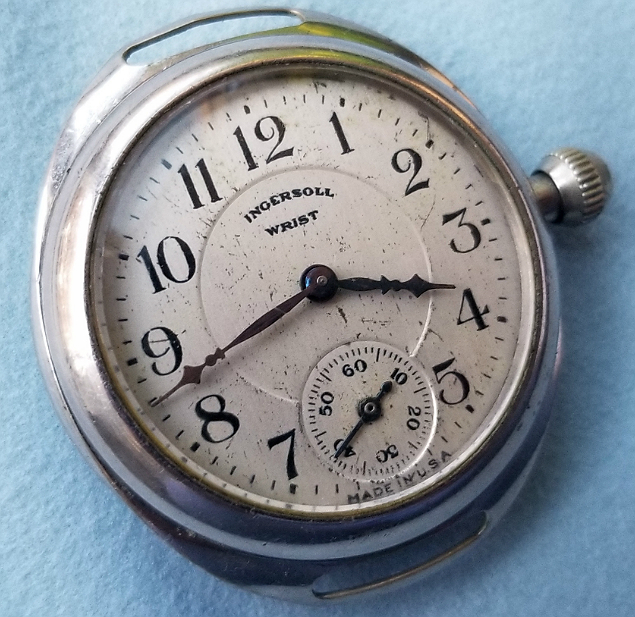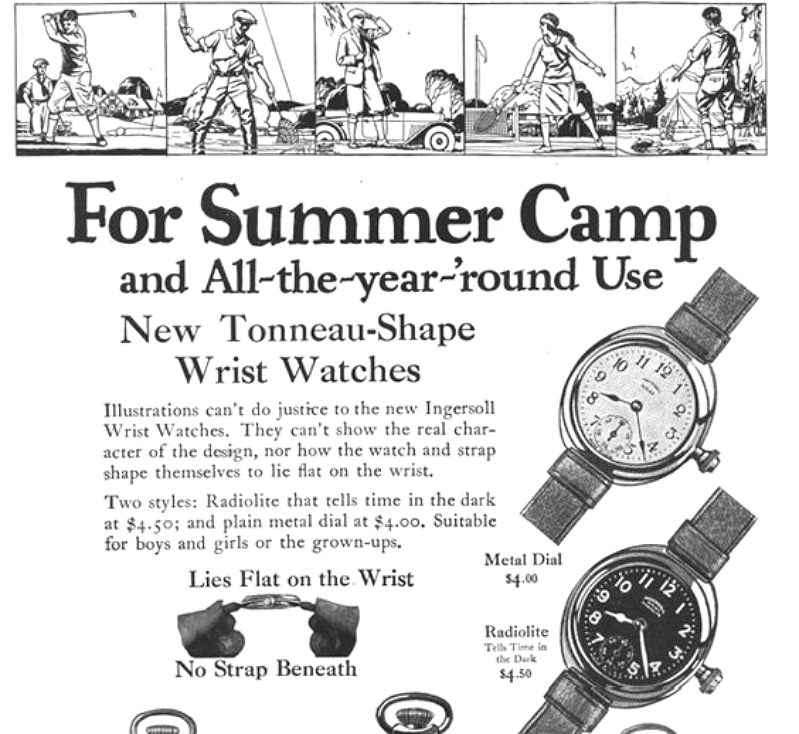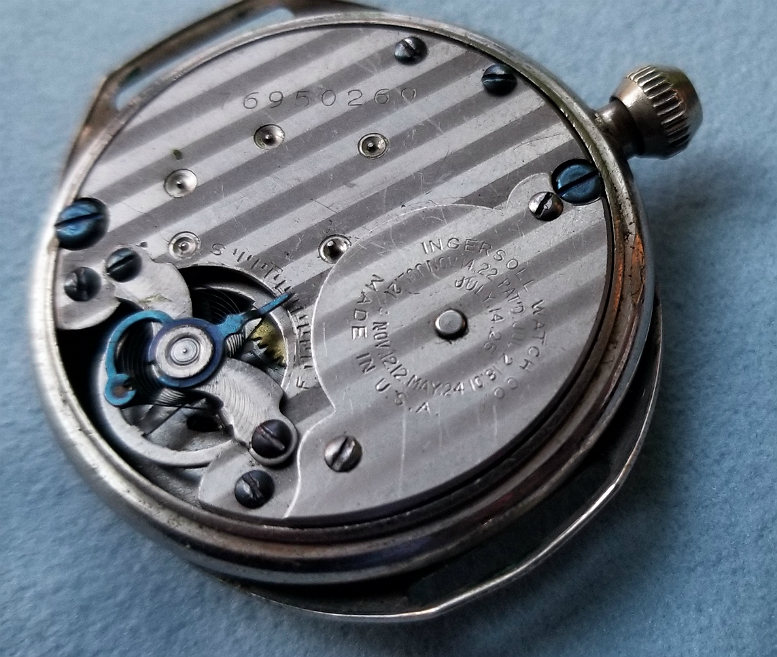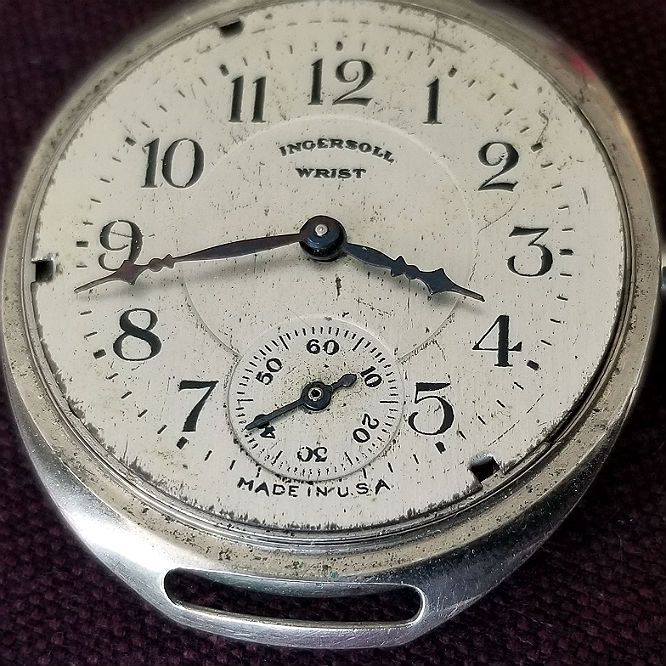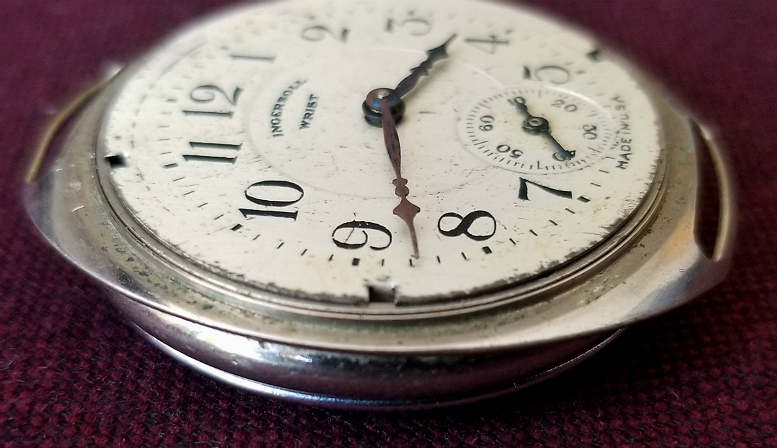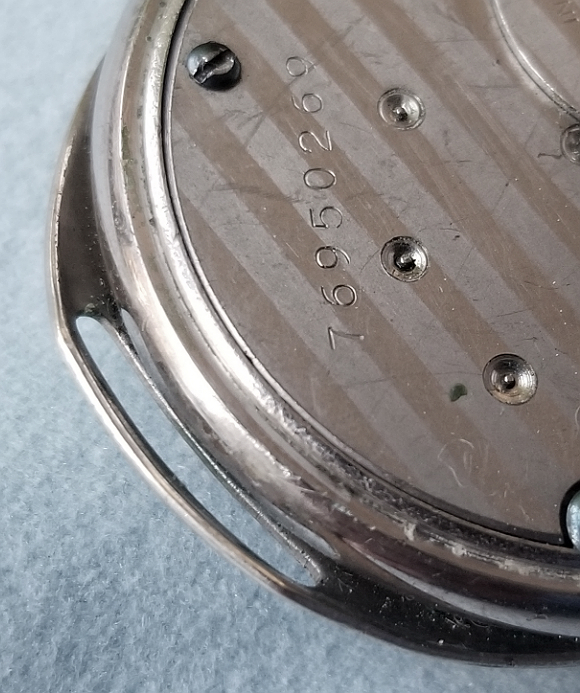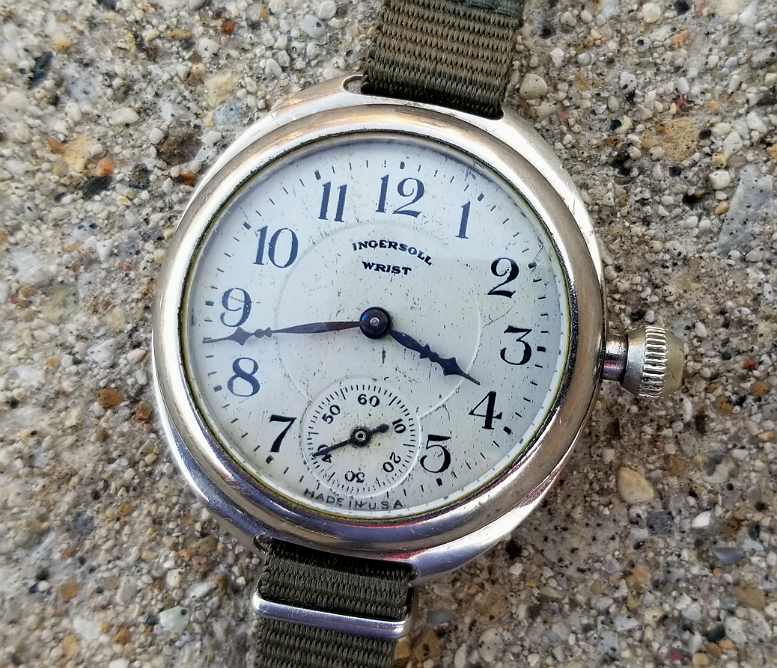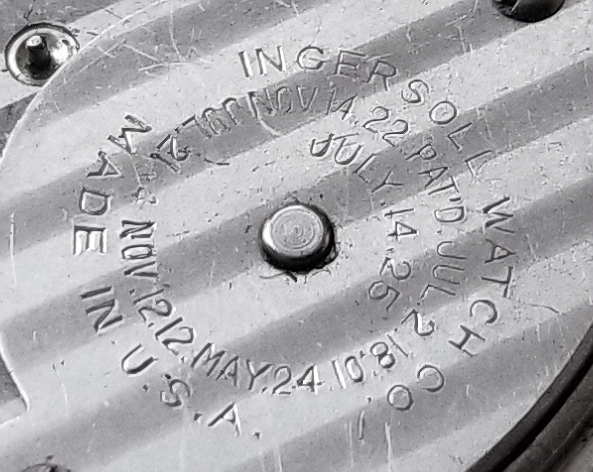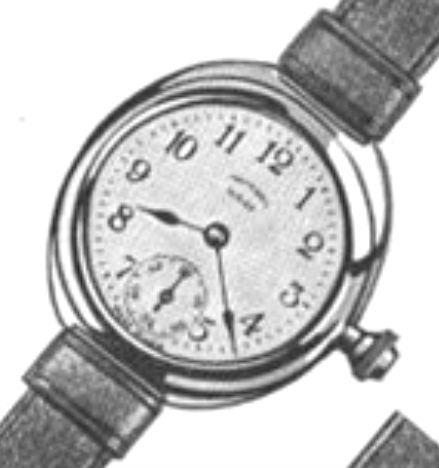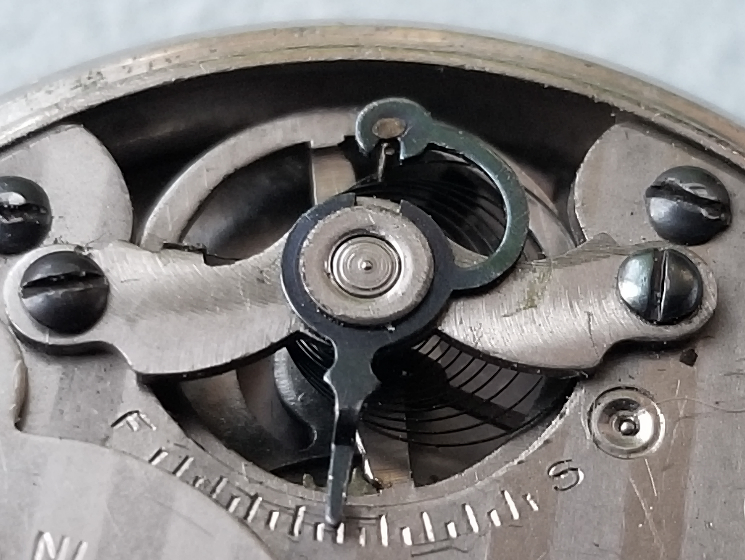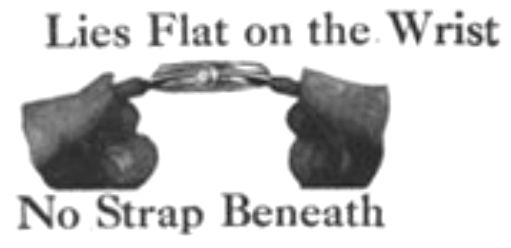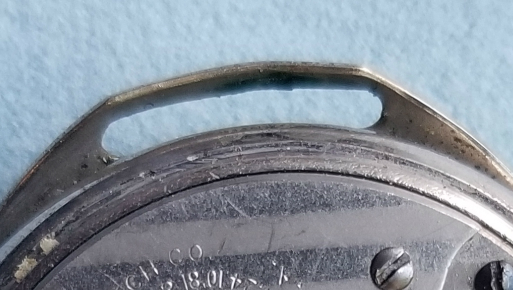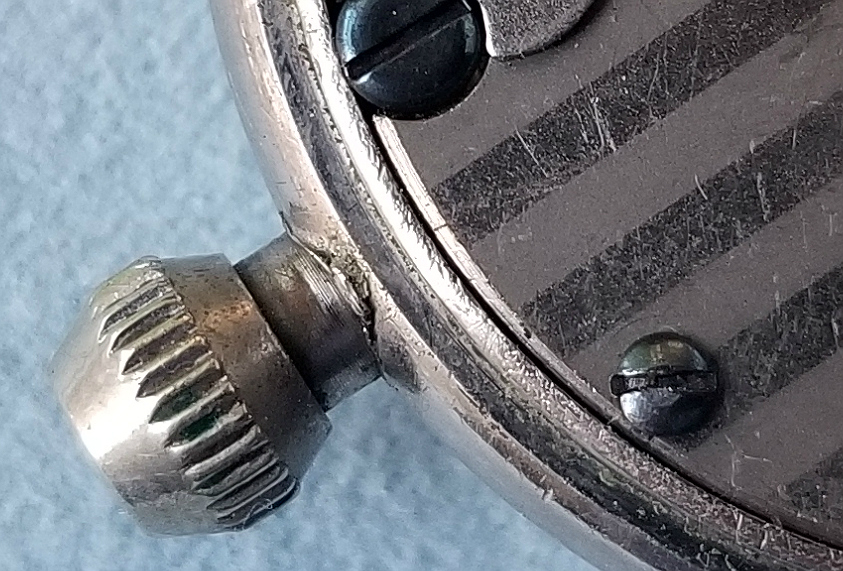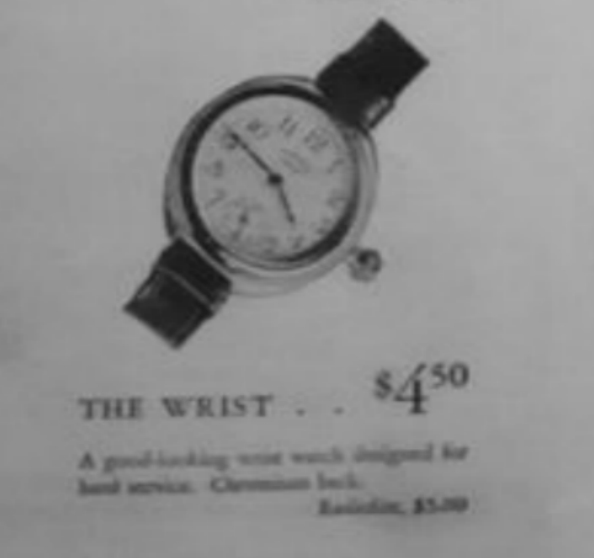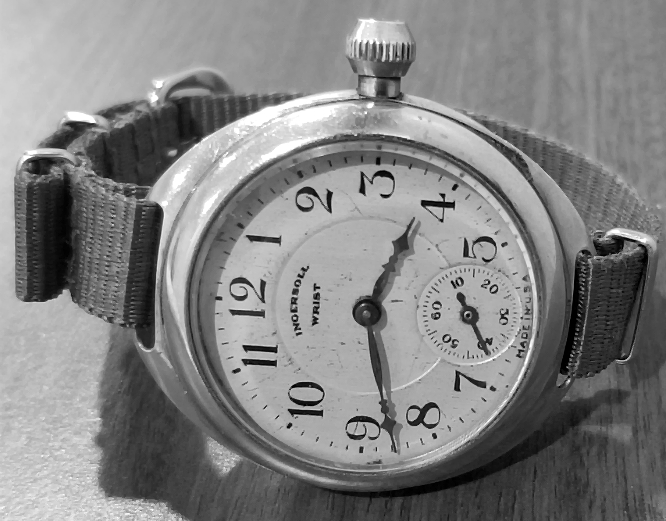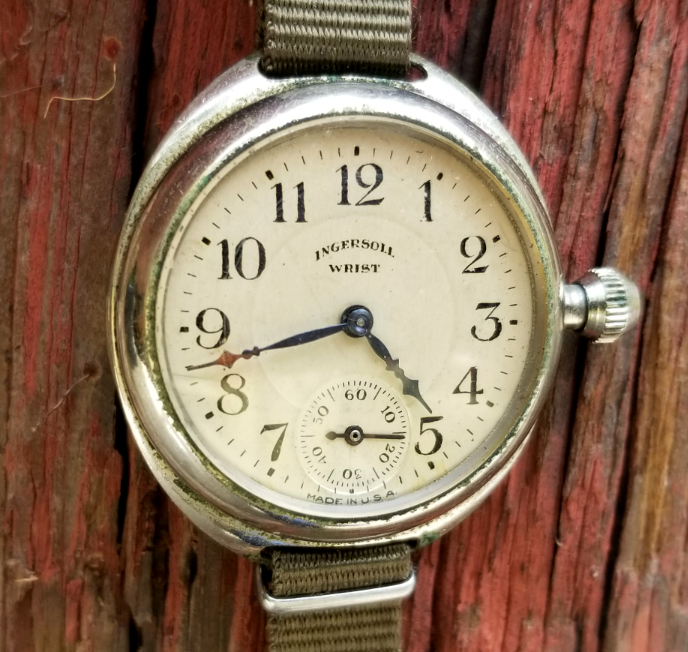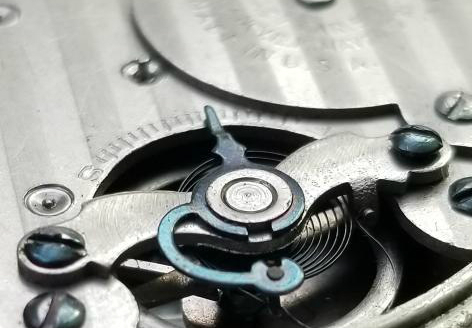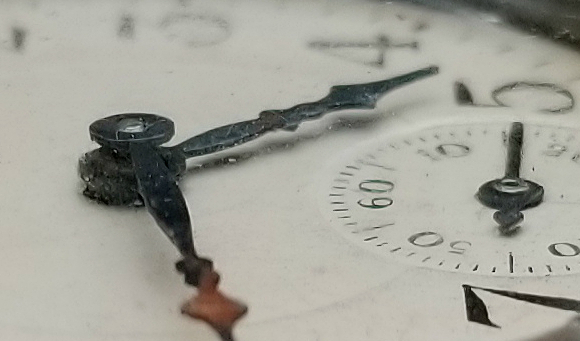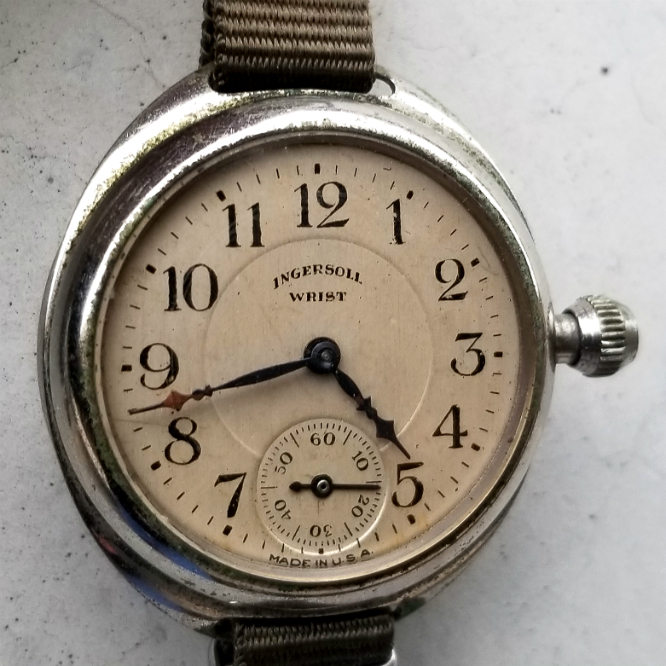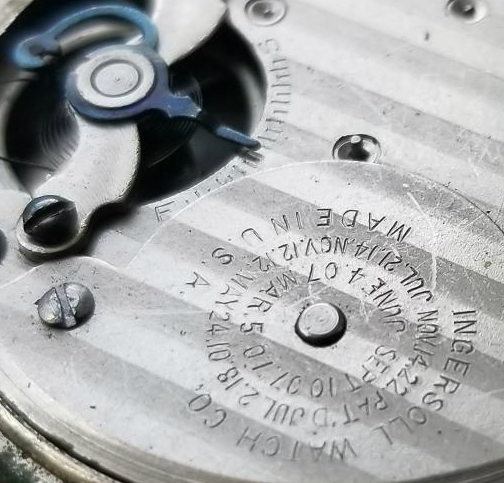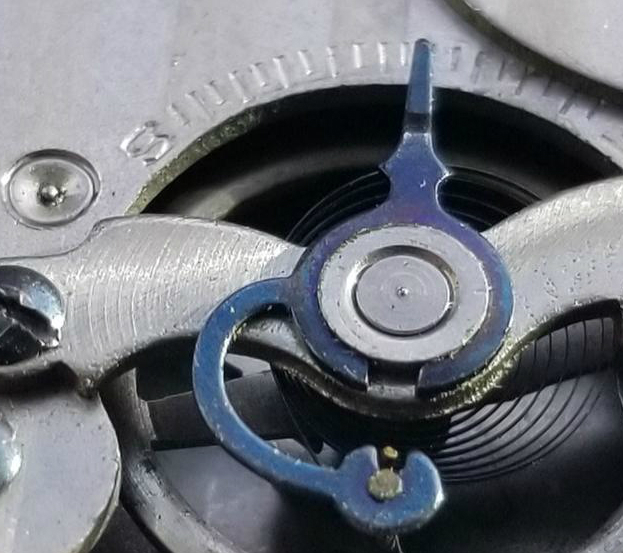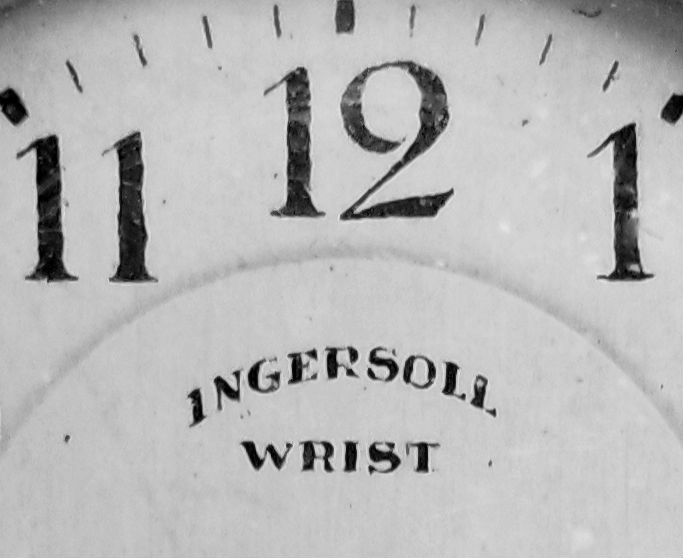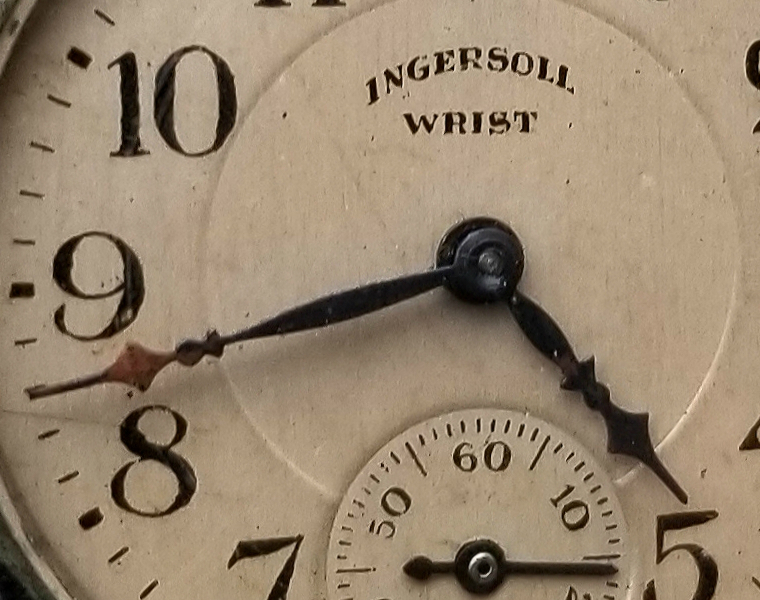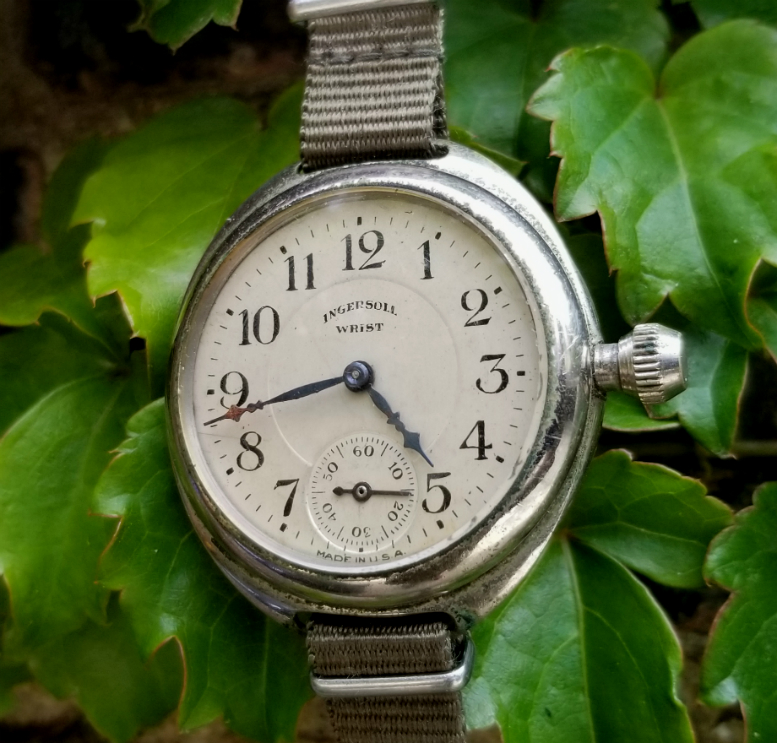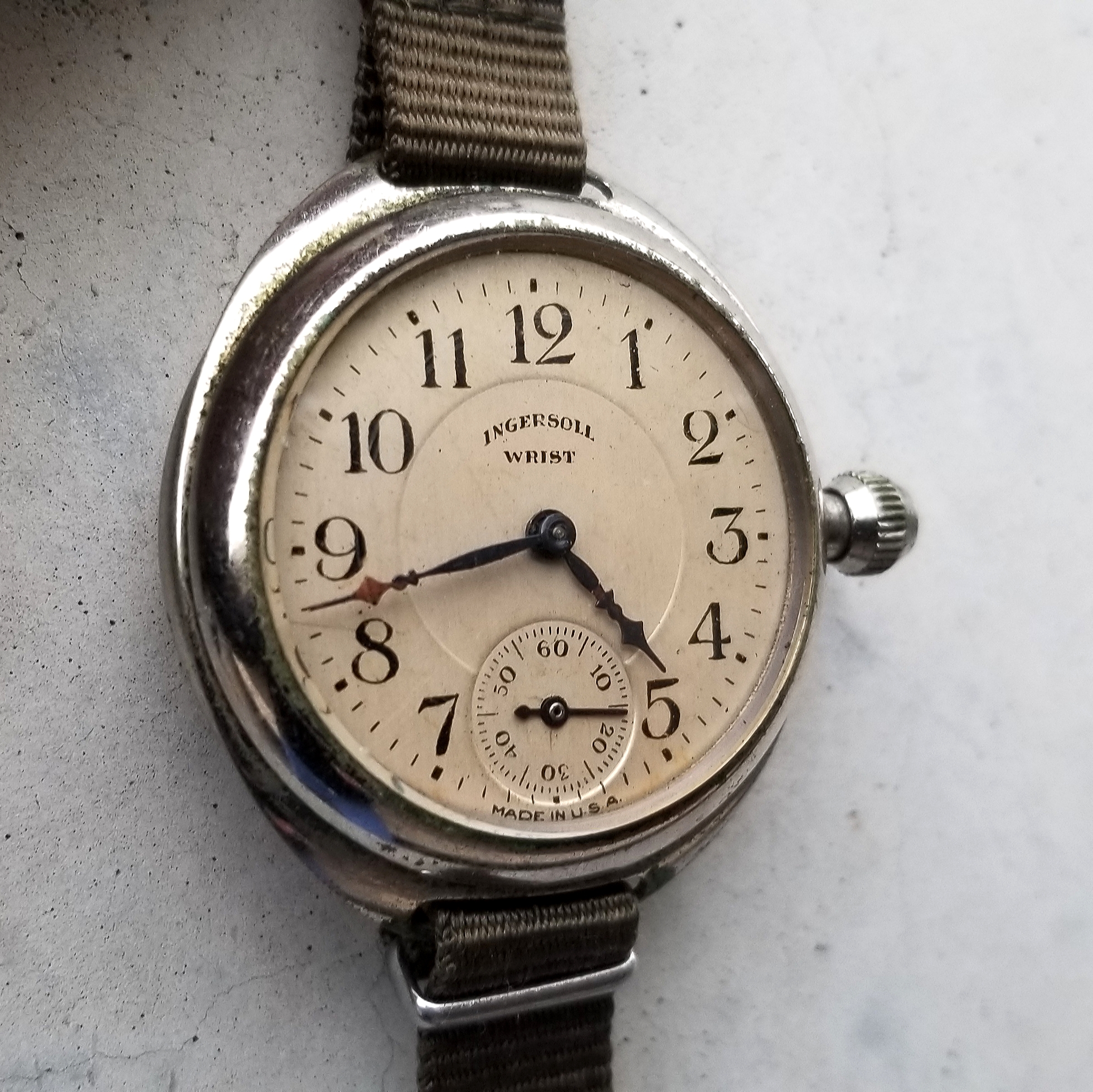Ingersoll "Wrist," 1925
Hi, this is Alan. Thanks for your interest. My contact info is at the bottom. Here is a 95 yr old watch, from Ingersoll called "WRIST." By no means the first wristwatch, but it was made at a time when most watches were pocket watches, and a wristwatch was uncommon enough that you could just call the model WRIST.
Mine is from 1925, but this model and slight variations ran for a few years. I've seen ads where the price was $4.50, $4.00, and $3.50. There was also a black dial version with "Radiolite," glowing dial and hands using radium.
end/
The watch is interesting in that it was not a watch converted from a pocket watch into a wristwatch. A common practice in the early days of wristwatches was to use a smaller size pocket watch, often ones designed for women, and modify it such that it could be worn on the wrist. Often this required soldering U-shaped wire lugs, or sometimes not changing the watch at all, but fashioning leather "capsules" attached to the wristband that was able to hold the watch in place. Other methods were probably present. But this watch was designed from the beginning to be worn on the wrist.
An ad for this watch, along with a black dial Radiolite (luminous) version. The hands on this are different from my hands, and I think this is an earlier model. Promoted for "summer camp," and year-round use, with drawings of five people engaged in sporting, camping and outdoor activities. Early wristwatches appear to have been sometimes promoted for people engaged in "active" pursuits, where pulling out a watch from a watch pocket in order to tell the time was impractical, in the same way that wrist watches were used in WWI because of the impracticality of soldiers using pocket watches.
The watch was secured with leather straps, in two parts, secured either by stitching or glue after looping through the slot, rather than a continuous piece of leather; note the point out that there is "no strap beneath," and that is lies flat on the wrist.
"Suitable for boys and girls and the grown-ups," according to the ad.
Caseback removes easily to reveal the movement. Some decoration of the plates, with stripes. Look how large the crown is, and how it protrudes. In order to set the time you push the crown IN, instead of pulling it out. While it's pushed in, you turn it to the correct time. Once you let go of the crown, a spring somewhere inside pushes it back out. Interesting.
Let's take a close look at the dial, with the bezel and crystal removed. INGERSOLL WRIST at the top, MADE IN USA at bottom. I'm not sure the name of the font for the hours, but it strikes me, in the year 2020, as "old fashioned." Not the slightly sunken circle in the center of the dial. The subsidiary seconds dial is also sunken, and has seconds by the 10s. The hands also look ornate, and there's some rust on the minute hand, seen better in the below pic.
Crystal is glass, comes to a sharp edge at its outer aspect, and then bevels down to the bezel. Remarkably, I can't find any nicks in the glass of this 95 yr old watch.
Slot, in the case, where you thread through the strap. It's really a kind of "phlange-like" extension of the case, created to allow for this slot.
You can also see the serial number stamped onto the movement plate.
It's quite an unusual appearance for a watch, with the large, and protruding crown and the thin strap for the size of the watch. The slot allows a strap of only 12 mm maximum width, and the watch itself is about 38 mm, creating a funny-looking proportion.
A friend of mine, who knows about these things, saw pictures of this watch and said that at the time, it was probably seen as almost "futuristic."
Although I never would have thought of it that way, I think he's probably right. In the same way other technologies that allowed us to do things were were previously unable to do. Think about the transistor radio, allowing you to (easily and affordably) listen to music at the beach or on a picnic. Or later, the Sony Walkman, taking it a step further, and allowing you to listen to your own selected music, anywhere you wanted to. There are dozens of other examples one could think of.
So, in the same sense, the ability to tell time on your wrist, freed from the pocket watch, must have seemed like the future of time-telling.
It seems like it was common to list the various dates of the movement patent. Up until the most recent. IN this kind of circle. I've seen it also on WESTCLOX movements, and other cheap watches. The last patent date is July 14, 1925, and the earliest is May 24, 1910. So, this watch was made after July 1925. I don't think this particular model was around in May 1010, as I believe it's the movement that the patent refers to. But I'm not sure, if anyone knows, please let me know.
Close look at the balance. You can see the hairspring is off to the side. Watch is not running, but I really want to get it going. You can see the unfinished quality of the parts.
Look at this crown and tube!
Golfing, fishing, motoring, tennis, camping, you can do it all with the INGERSOLL WRIST
Another ad, which I believe is later than the "Summer Camp" ad I showed above. This watch has the more "fancy" hands that my watch has, and it seems to be the identical watch. The price has gone up by fifty cents.
It is a pretty cool thing. It's got a kind of goofy and anachronistic appearance to it, that I really like. I mean, just look at it. Skinny strap, big goofy crown, "futuristic" case, but with old-fashioned lettering. I must get this running again.
Please scroll past the credits, and see pics of a DIFFERENT example of this watch. All pics above are of my watch, and all pics below are of my friend's watch.
Thank you for reading.
I hope you will like it.
Alan
Contact
Website: Alan's Vintage Watches.
Below are pics of the watch belonging to my friend, Rafa, in Mexico.
I was able to see the watch, because the seller would not ship outside the US. So it was shipped to me, and I reshipped it to him Mexico, but not before I was able to take some pics (with his permission.) All pics below are his watch, taken by me.

